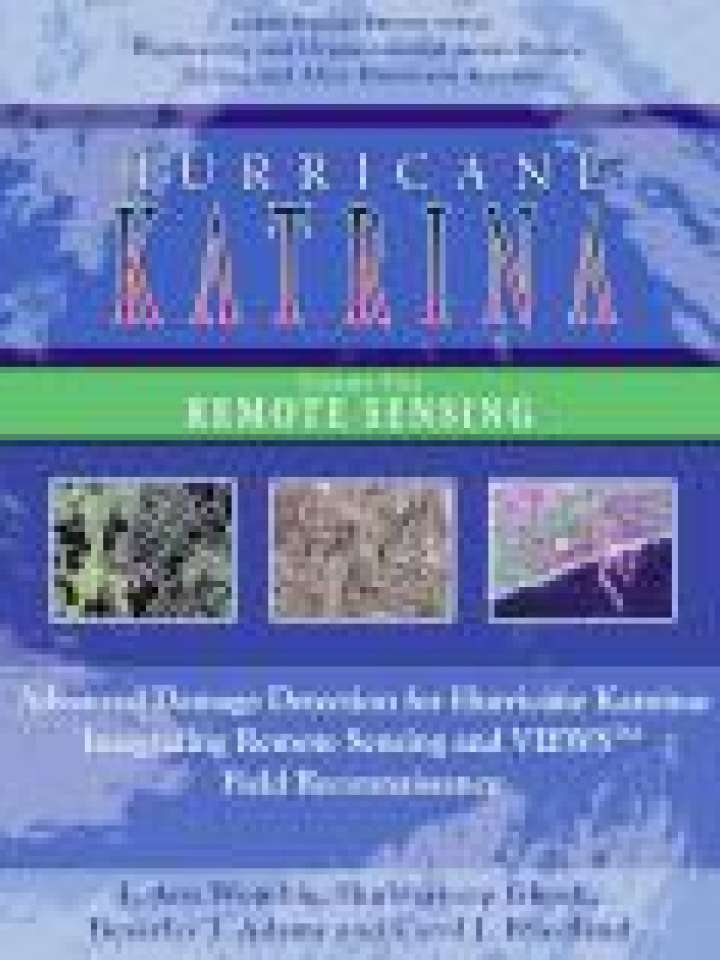Hurricane Katrina. Volume 2. Remote sensing. Advance damage detection for hurricane Katrina: integrating remote sensing VIEWS. Field reconnaissance
Hurricana Katrina first made landfall in the U.S on August 23, 2005 in southern Florida as a Category 1 hurricane. After entering the warm waters of the Gulf of Mexico, it raplidly strengthened to a Category 3 hurricane and ultimately reached Category 5 status less than 12 hours later. On August 28, Katrina reached peak intensity with sustained winds exceeding 170 mph and a central pressure of 902 mb, (which at that time was the fourth-lowest central pressure recorded for an Atlantic Basin hurricane). The storm's intensity subsequently weakened in the 18 hours before its second landfall. Despite this weakening, the size of the hurricane coantinued to expand, with hurricane-level winds (exceeding 73 mph)extending more than 100 miles from the center and with tropical-storm-level winds (39-73 mph) extending more than 200 miles from the center. On the morning of August 29, 2005, Hurricane Katrina made landfall as a Category 3 hurricane (Knabb et al.,2005) near the Louisiana-Mississippi border. As natural disaster, Katrina was record-breaking -not when judged by standard criterion such as windspeed; rather, in terms of: (1) the unique convergence of multiple hazards within a single event, namely windstorm, storm surge, flooding, and levee breach, and (2) its status as the costliest U.S. hurricane on record.
Explore further
